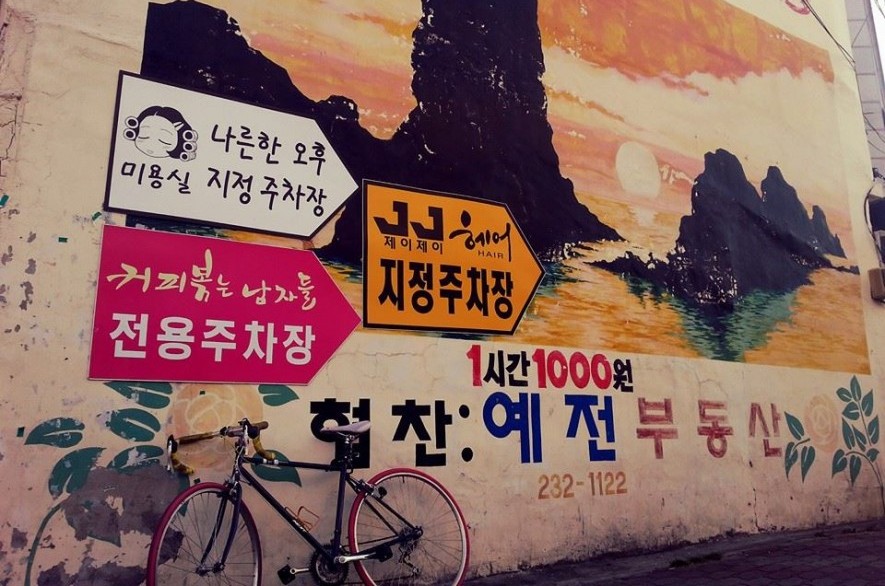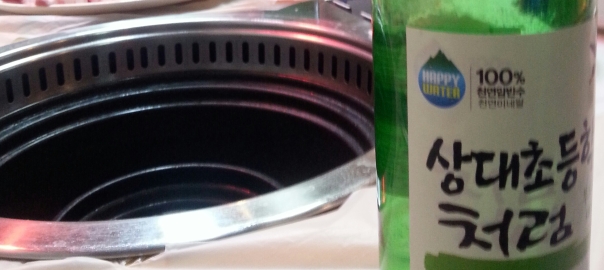Freediving is an amazing activity that requires a lot of training and preparation. It’s a challenging and rewarding sport that allows you to explore the underwater world in a unique way. If you’re a freediving enthusiast like me, you probably love to show off your passion for this sport in any way possible. One great way to do this is by wearing t-shirts that celebrate the sport and your love for it. Let’s check out some of the best t-shirts for freediving enthusiasts and what makes them so special.
- “Mermaid Life” Tank Top
First on my list is this cute “Mermaid Life” tank top. Perfect for freediving enthusiasts, it reminds us of one of the most important aspects of the sport: having fun. The design features an image of a sparkly mermaid silhouetted against Red Orange Yellow Turquoise text.
Solid color tank tops are made from 100% cotton – the most environmentally friendly option. In addition, the tops are available in a variety sizes.
This tank top is a great conversation starter- what a better way to bring more people to the freediving family!
- “Mask and Snorkel heartbeat” T-Shirt
The second t-shirt on my list is the “Mask and Snorkel heartbeat” t-shirt. This t-shirt is perfect for anyone who loves freediving, scuba diving and snorkelling, and who wishes they could be doing it all the time. The design features a mask and snorkel on a sunny beach, with a heartbeat line intersecting the image.
This t-shirt is a great way to show off your love for being underwater and to let people know what you’d rather be doing.
- “Haenyeo Korean Freediver” Tank Top
The third t-shirt on my list is the “Haenyeo Korean Freediver” tank top. This top is perfect for anyone who feels that their love for freediving is an essential part of who they are, and who would like to celebrate the origins and traditions of this incredible sport. The design features the word “freedive” in bold letters, along with an image of a traditional Korean freediver, a beautiful haenyeo.
This t-shirt is perfect for the upcoming 30th AIDA Pool World Championship being held in Jeju in June 2023. After all, Jeju is known not only as the “Hawaii of South Korea”, but it is also the spiritual home of the Haenyo. Be sure to visit the Haenyeo Museum on the island if you are lucky enough to visit!
- “Inner Space” T-Shirt
The fourth t-shirt on my list is the “Inner Space” t-shirt. The design features an image of a freediver set in a star-filled, colorful space cloud.
Freediving is underwater meditation – a way to face and overcome your deepest fears.
When choosing a freediving t-shirt, there are a few things to keep in mind. Firstly, make sure the t-shirt is made from high-quality material like cotton that is sustainable and kind to the environment- stay away from polyester that releases microfibers with every wash! Finally, support small businesses and individuals by purchasing from independent designers and sellers.
By purchasing and wearing a t-shirt designed for freediving, you showcase your passion for the sport, connect with other enthusiasts, and remember your diving adventures. With so many designs to choose from, a freediving t-shirt is a must-have!
Which one did you like most?



























